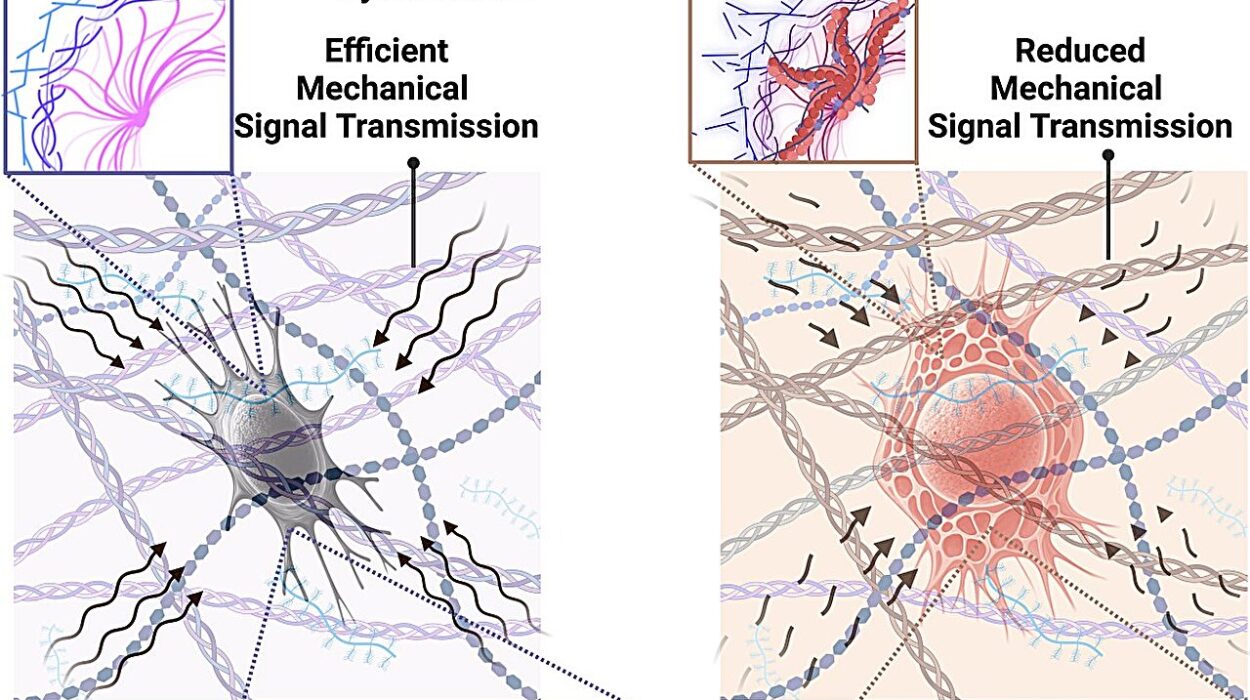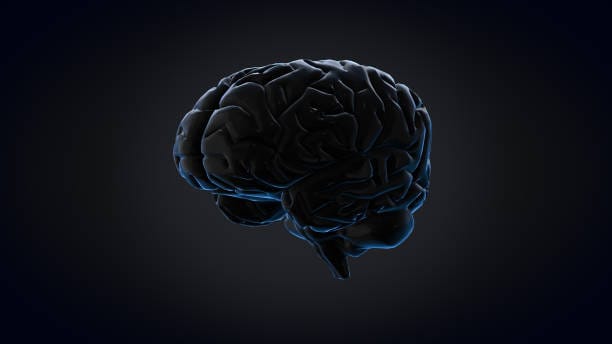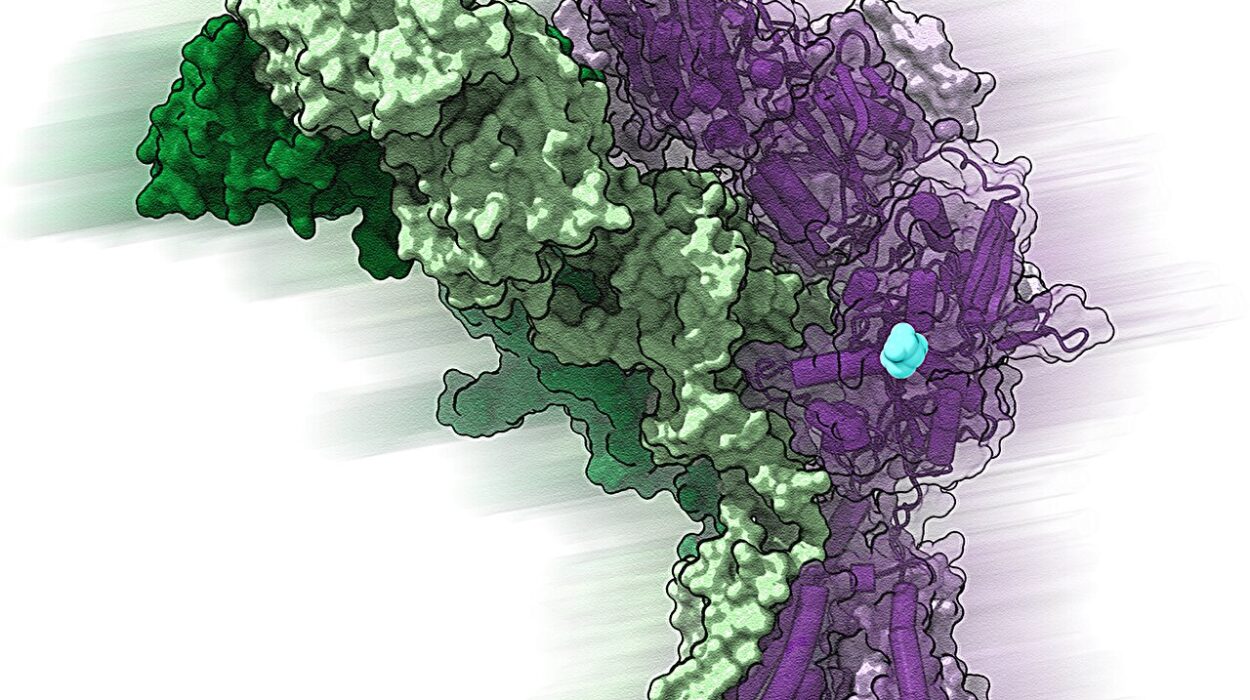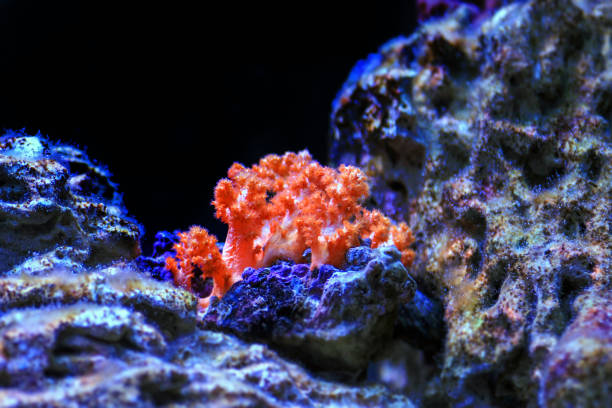Death is often thought of as a single, frozen moment—a last breath, a flat line, a final heartbeat. But medically speaking, death is not so much an instant as it is a process, a cascade of biological events that unfold across minutes, hours, and even days. When the heart stops beating and the brain ceases its function, that’s only the beginning. What follows is a fascinating and eerie journey through the silent dissolution of a once-living human being.
As the heart ceases to pump blood, cells throughout the body are suddenly deprived of oxygen and nutrients. In response, they begin to die, but not all at once. Some cells, like those in the brain, are highly sensitive and begin to die within minutes. Others, such as skin or muscle cells, may remain viable for hours. The process is staggered, intricate, and far from instantaneous. For the body, death is not an event. It is a biological opera, dark and complex, with multiple acts.
The Brain Shuts Down First
The brain is the body’s most oxygen-hungry organ. It consumes roughly 20% of the oxygen in your bloodstream at any given moment, and without a continuous supply, it begins to fail within moments. Within 10 seconds of cardiac arrest, consciousness is typically lost. Neurons start firing erratically as they become starved of oxygen, and electrical activity in the cerebral cortex—the seat of awareness—flatlines within 20 seconds.
However, not all brain functions cease at once. Some deep brain structures may remain active for several minutes longer, sending out final distress signals in a futile attempt to restore order. The body sometimes reacts with muscle spasms, gasping motions, or even vocalizations, which can be startling to witnesses. These are not signs of life but involuntary reflexes triggered by dying brain cells and chemical imbalances.
In rare cases, there are reports of residual brain activity up to 10 minutes after clinical death. A phenomenon known as “the Lazarus sign” may cause arms to rise or twitch. These movements have nothing to do with consciousness; they are the flickers of a disintegrating neural network. Still, they underscore how complex and unpredictable the shutdown of the human brain can be.
The Heart’s Last Echoes
Once the heart stops, circulation halts, and the body’s internal environment begins to shift dramatically. Blood pressure drops to zero, and cells lose access to oxygen and glucose. In just a few minutes, ischemia—damage from lack of blood flow—starts to destroy tissues. However, under certain controlled conditions, such as hypothermia, the body’s metabolism slows, and cells can survive longer without oxygen. This is why cold-water drowning victims can sometimes be revived after what seems like a miraculous interval of apparent death.
Yet, in the average warm-blooded human body, the lack of circulation quickly creates a biochemical catastrophe. Lactic acid builds up as cells switch from aerobic to anaerobic respiration. Enzymes leak from lysosomes—cellular organelles packed with digestive chemicals—causing self-digestion to begin. This process is known as autolysis, and it’s one of the body’s earliest steps toward decomposition.
As the blood settles, gravity takes hold. The red blood cells begin to sink through the plasma, pooling in the lowest parts of the body due to gravity. This results in livor mortis, or postmortem lividity—a purplish-red discoloration that becomes visible on the underside of the body within 30 minutes to 2 hours. It’s a telltale sign that death has occurred and a useful tool for forensic pathologists when estimating time of death.
The Stiffening Begins: Rigor Mortis
In life, muscle contractions depend on a steady supply of ATP—adenosine triphosphate, the body’s cellular energy currency. After death, as ATP production ceases, calcium ions begin to flood muscle cells, triggering contraction. Without ATP to release the myosin-actin cross-bridges in muscle fibers, the muscles become locked in place. This is the process known as rigor mortis.
Rigor mortis typically begins within two to six hours after death, starting in the small muscles of the face and jaw and progressing to larger muscle groups. By 12 hours, the body is usually completely stiff. This rigidity remains for about 24 to 48 hours before dissipating as muscle proteins begin to break down during decomposition.
Temperature, age, and the cause of death can all influence the onset and duration of rigor mortis. In warm environments, rigor may appear more quickly and pass more rapidly, while cold slows everything down. In children and infants, the condition may be less noticeable or absent altogether.
Cooling Down: Algor Mortis
The cessation of metabolism also means that the body can no longer generate heat. The body temperature begins to drop, following a predictable trajectory toward the ambient temperature of the environment. This process is called algor mortis, and it’s one of the classic signs of death.
In a typical room-temperature setting, the body cools at a rate of about 1.5 degrees Fahrenheit (0.8 degrees Celsius) per hour, although many factors can affect this rate. Body mass, clothing, humidity, and even air circulation play roles in how quickly heat is lost. Estimating the time of death using algor mortis is notoriously imprecise, but when combined with rigor and livor mortis, it can help construct a rough timeline.
Decomposition: Nature’s Final Performance
Once death is firmly established and the early postmortem changes are complete, the body embarks on its final, most dramatic transformation—decomposition. This stage is not only natural but vital for the recycling of organic matter. Decomposition is primarily driven by two forces: autolysis, or self-digestion, and putrefaction, which is microbial decay.
Autolysis begins within hours of death. Without oxygen, cells rupture and release enzymes that begin to digest cellular structures. Tissues soften, and the internal environment becomes a soup of proteins, fats, and carbohydrates—perfect fuel for the bacterial feast to come.
Putrefaction kicks in as bacteria, particularly anaerobic ones from the gut, begin to consume the body’s tissues. These bacteria release gases—methane, hydrogen sulfide, and ammonia—that bloat the body and produce the unmistakable odor of decay. The abdomen swells, the skin may blister or rupture, and fluids begin to leak. The eyes and tongue often protrude due to internal pressure.
By the third or fourth day, the body may exhibit greenish discoloration, especially in the abdomen, due to the breakdown of hemoglobin and the proliferation of sulfur-producing bacteria. Over the next several days, insects such as blowflies lay eggs, which hatch into larvae that feed on the soft tissues. These maggots accelerate the breakdown process significantly.
Eventually, in the absence of preservation or embalming, the body liquefies and collapses. Bones may remain for years or decades, but even they eventually succumb to weathering and microbial activity.
The Role of Environment in Decomposition
The speed and nature of decomposition are heavily influenced by environmental factors. In hot, humid conditions, decay can proceed rapidly, with a body fully skeletonized within a few weeks. In cold or arid environments, decomposition slows significantly, and bodies may be naturally preserved for much longer periods.
Burial also plays a role. In shallow graves, decomposition is faster due to exposure to insects and temperature fluctuations. Deep graves, sealed caskets, or burial in clay-rich soils can dramatically retard the process. Conversely, bodies submerged in water or buried in peat bogs may undergo different kinds of preservation, such as adipocere formation—a waxy substance formed from fat in moist, anaerobic conditions.
In some rare conditions, such as permafrost or dry deserts, natural mummification can occur, preserving soft tissues for centuries. Such preservation provides archaeologists and forensic scientists with invaluable insights into ancient cultures and historical individuals.
Medico-Legal Significance: Determining Time of Death
One of the primary goals of forensic pathology is determining the time of death. While it may seem straightforward in movies, in reality, it’s a difficult and often imprecise task. Postmortem changes—algor, livor, and rigor mortis—are used alongside factors like stomach contents, insect activity, and environmental conditions to estimate the time frame.
Forensic entomology, the study of insects on decomposing bodies, has become a highly developed field. The life cycles of flies and beetles provide surprisingly accurate windows into the timeline of decomposition, sometimes narrowing the time of death to within a few hours.
Toxicology also plays a role. Analyzing blood, tissues, and fluids can reveal drugs, poisons, or metabolic disturbances that may have caused or contributed to death. However, after death, chemical changes continue, sometimes making interpretation challenging.
The Role of Autopsy
An autopsy is a medical examination of a body after death, conducted to determine the cause of death or to study disease processes. Autopsies can be full or partial and are performed by pathologists in a clinical or forensic setting.
During an autopsy, the body is examined externally for signs of trauma, disease, or medical intervention. Then, internal organs are inspected for abnormalities. Tissue samples may be taken for microscopic analysis, and blood or bodily fluids are sent for toxicological tests.
Autopsies are not just about uncovering the cause of death. They often reveal unknown medical conditions, assist in public health research, and contribute to medical education. In the legal realm, they provide crucial evidence in criminal investigations and malpractice cases.
Death in the Digital Age: Brain Death and Organ Donation
In modern medicine, the definition of death has become more nuanced. While traditionally defined as the cessation of cardiac and respiratory activity, advances in life support have necessitated new criteria. Today, brain death—irreversible cessation of all brain activity—is recognized as a legal definition of death in many countries.
Brain-dead individuals may still have functioning hearts and breathing with the help of machines, but they are considered legally and medically dead. This distinction is crucial for organ transplantation, as it allows organs to be harvested while still viable.
Organ donation is one of the few ways death gives rise to renewed life. A single donor can save or improve the lives of multiple recipients. The ethical and medical protocols surrounding organ donation are strict, designed to ensure both respect for the deceased and optimal outcomes for recipients.
The Cultural and Psychological Dimensions of Death
Although this article is focused on the biological and medical aspects of death, it’s impossible to ignore the cultural and emotional dimensions. Across time and civilizations, human societies have developed rituals, beliefs, and customs to deal with the reality of death.
From ancient Egyptian mummification to modern embalming, from Viking funerals to Buddhist sky burials, the treatment of the dead reveals much about how we view life and what lies beyond. Death is not just the end of a physiological process—it is a universal human experience that touches philosophy, religion, and psychology.
Grief, too, is a process. Just as the body goes through physical changes after death, the bereaved undergo emotional changes. Modern hospice care, grief counseling, and death education aim to prepare individuals and families for the end of life, helping them find meaning in both the act of dying and the life that preceded it.
Conclusion: The Final Transformation
Medically speaking, the human body after death undergoes an extraordinary transformation. From the moment the heart stops beating, a cascade of biological events unfolds, gradually dismantling the systems that sustained life. Cells die, muscles stiffen, the body cools, and decomposition reclaims the physical form.
Yet within this grim biological narrative lies a profound natural elegance. Death is not merely the cessation of life but part of a larger ecological cycle. The atoms that once made up a person return to the earth, perhaps to become part of new life. The body, once driven by thoughts and dreams, becomes part of the larger machinery of nature.
Understanding what happens to the body after death, in all its clinical and chemical detail, does not diminish the mystery of life. On the contrary, it deepens our appreciation for the incredible complexity of the human organism and the fleeting miracle of consciousness. Death, seen through the lens of medicine, is not just an end—it is a process, a transformation, and, in some ways, a return.






